The Congo Rainforest, often referred to as the Earth’s second lung, is one of the most biodiverse places on the planet. This verdant expanse captures the imagination not only for its lush landscapes but also for the intriguing species that dwell within it. In recent years, scientists have uncovered new species, highlighting the pressing need for conservation and the mysteries yet unearthed in the dense forest canopy. In this article, we journey into the heart of Africa to explore ten newly discovered animals in the Congo Rainforest, unveiling their unique traits and the rich tapestry of life they represent.
10. The Luminescent Frog
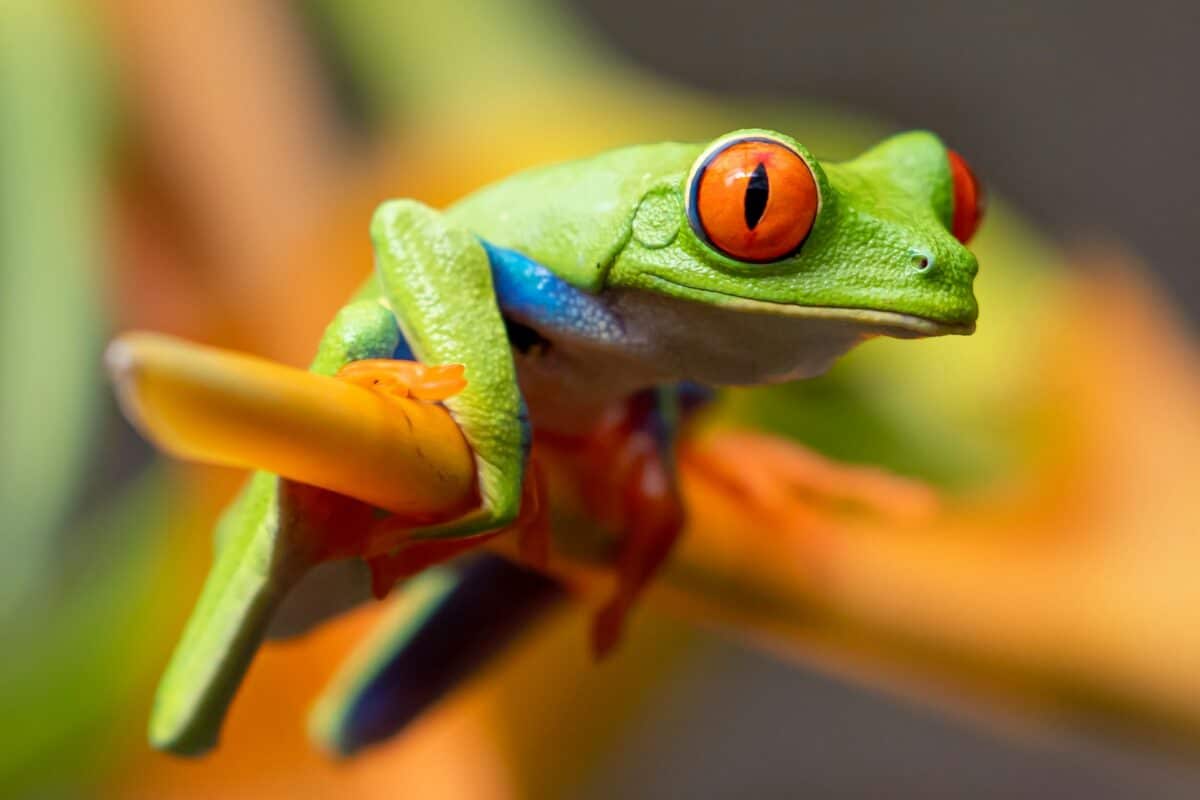
The luminescent frog, known scientifically as *Bioluminis rana*, was found glistening in the rainforest’s dim underbrush. This small amphibian features skin that emits a soft, bluish glow, a trait rare among its kin. The glow helps to ward off predators, adding an enchanting yet practical defense mechanism that fascinates biologists. Beyond its captivating luminescence, the frog’s role in the ecosystem is proving crucial, as it aids in controlling insect populations that might otherwise harm plant life.
9. Congo’s Pygmy Gecko
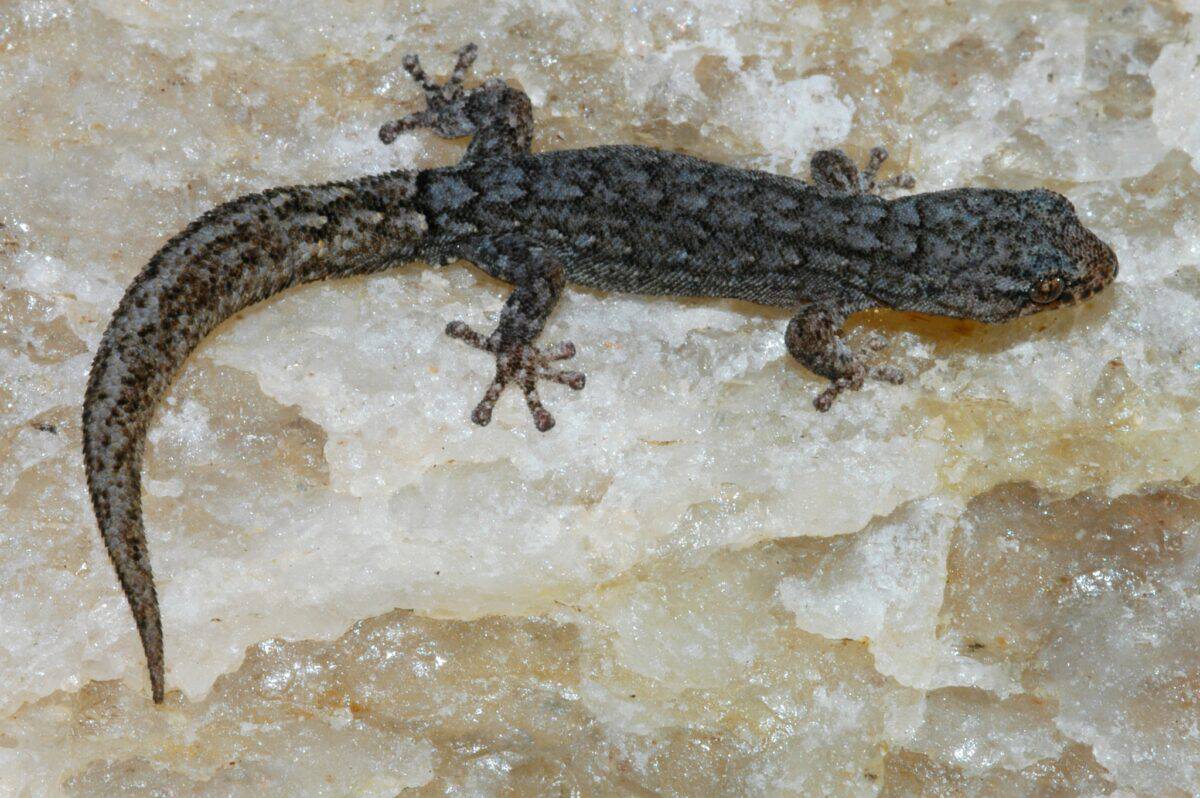
The pygmy gecko Oligodactylus congensis, is a diminutive lizard species no longer than an inch in length. Its ability to adapt to its environment is remarkable, with scales that reflect the colors of its surroundings, providing the perfect camouflage. Living primarily on a diet of insects, this gecko plays a significant role in maintaining the delicate balance of its habitat’s micro-ecosystem.
8. Rainbow-Striped Bat

Emerging from the depths of the rainforest’s caves, the rainbow-striped bat, or *Chirodectes iridescens*, sports a striking pattern of multicolored stripes. This species fascinates researchers not just for its appearance, but also for its complex social structures and echolocation abilities that rival any known bat species. The discovery of this bat highlights the diversity of unnoticed life forms lurking within these ancient woods.
7. Jewel-Scaled Snake

*Lamprophis jacinthus*, or the jewel-scaled snake, captivates with its iridescent scales that shimmer when caught in the light, earning it the nickname ‘forest jewel.’ Unlike many snakes, it is non-venomous and primarily nocturnal, using its keen sense of smell to track down small mammals and reptiles. Its discovery underscores the diverse reptilian life that populates the Congo.
6. Congo River Dolphin

The rare sighting of the Congo River dolphin, Inia congensis, earlier believed to be extinct, sparked excitement among conservationists. Living in the murky depths of the Congo River, it has adapted with heightened sonar sensitivity and a broader diet. The dolphin’s resurgence indicates a potentially rich aquatic ecosystem thriving under the river’s broad surface.
5. Peacock Jumping Spider
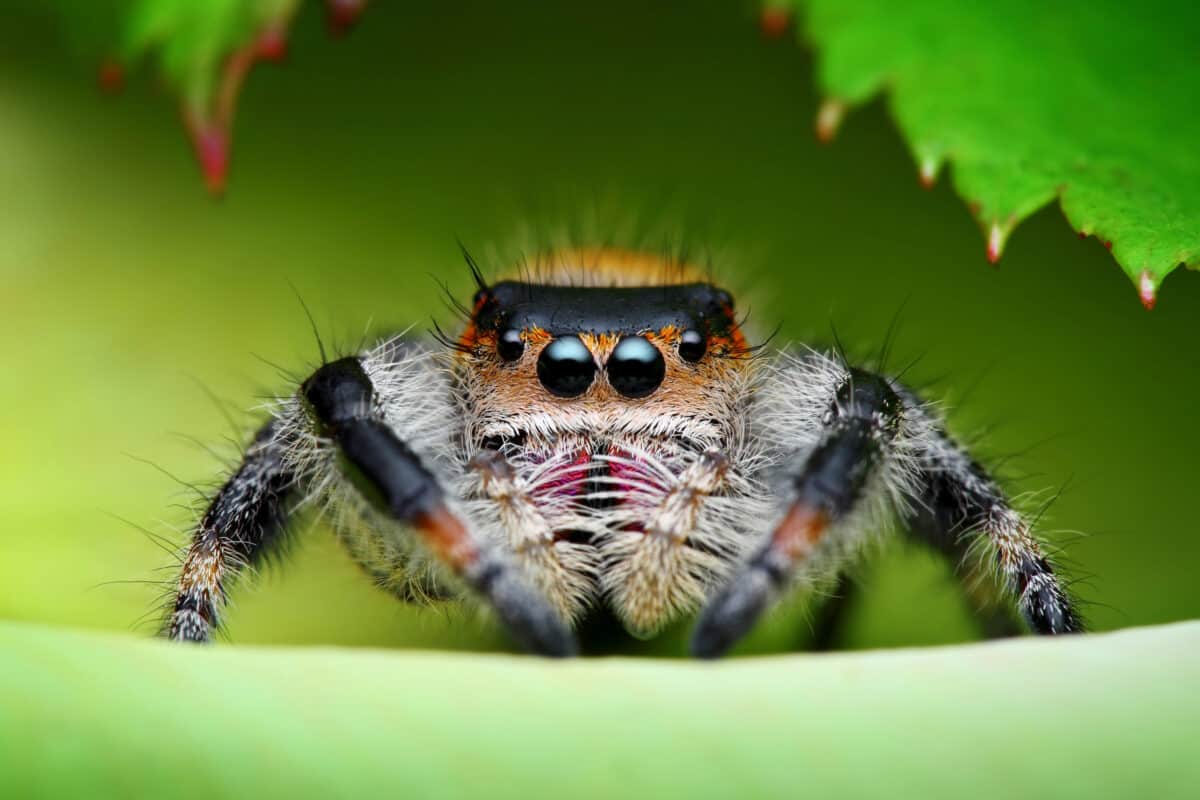
The Congo peacock jumping spider, *Maratus congensis*, bursts with color and defies gravity with its acrobatic jumps. Males perform intricate dances to court females, a behavior that provides insight into complex communication among spiders. Its vibrant coloration and mating display make it a standout discovery, enhancing our understanding of arachnid biodiversity.
4. Forest Glass Frog
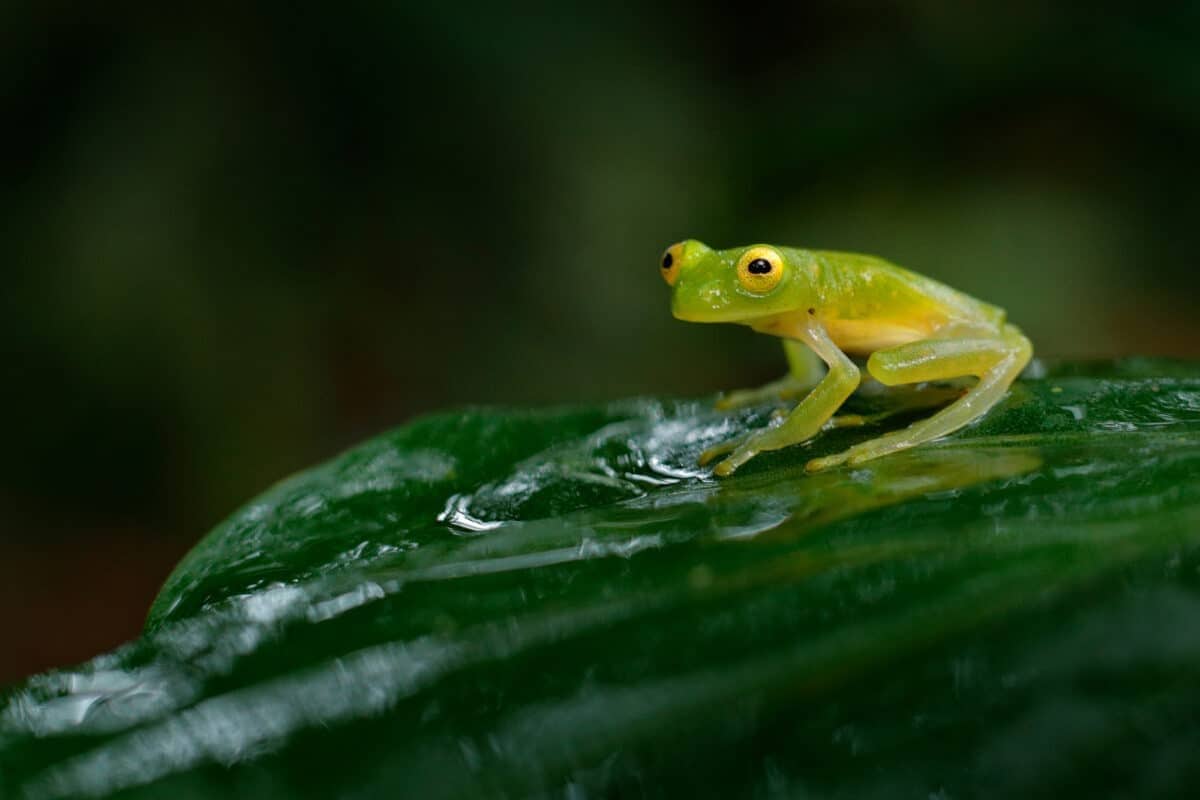
The newly found forest glass frog, *Centrolene congensis*, reveals the rainforest floor’s hidden life. Its translucent skin gives a glimpse of its heart and other organs, a rare feature that captivates herpetologists. This transparency is thought to help avoid predators by blending seamlessly with its leafy habitat.
3. Antelope of the Mist

*Sylvicapra scotia*, the antelope of the mist, was discovered deep within the rainforest’s foggy valleys. Distinguished by its ghostly white coat and agile movements, it navigates the dense vegetation with ease. This elusive creature is primarily nocturnal, making its presence known only by the whisper of movement among the trees.
2. Bitter-Leaf Chameleon

Possessing a taste for the bitter leaves of eucalyptus, the bitter-leaf chameleon, *Kinyongia amarga*, has scales that change shades to blend into the leaf canopy. This adaptation is crucial for avoiding the many predators in its environment. Its discovery highlights the adaptive strategies small reptiles employ to survive in dynamic rainforests.
1. Congo Tree Antelope
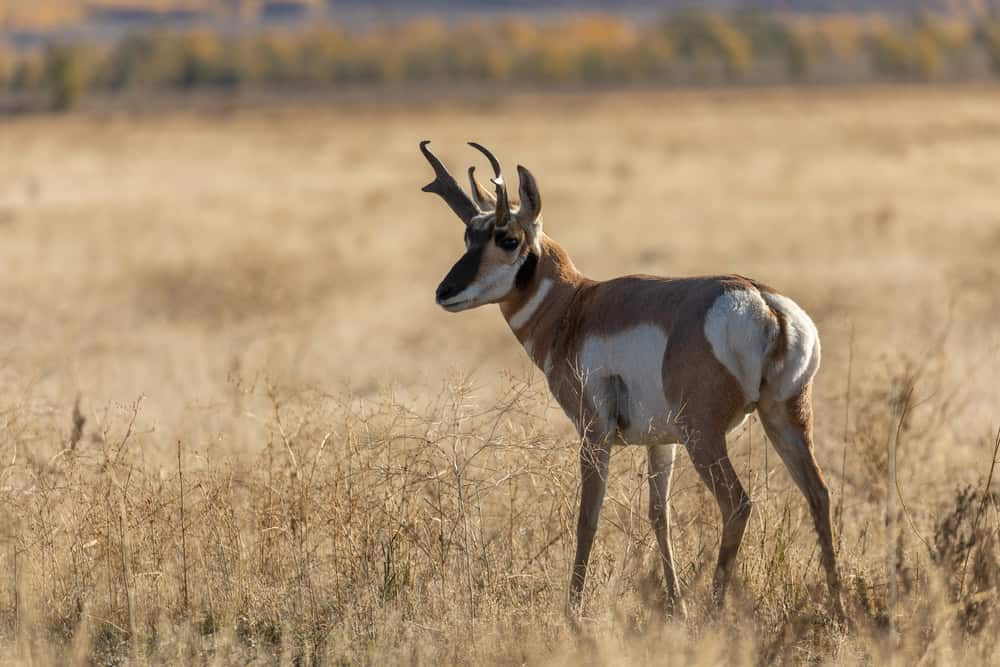
The Congo tree antelope, *Neotragus arhythmicus*, represents a unique adaptation among its family. Living predominantly in the branches of large trees, this agile animal has evolved for an arboreal lifestyle, using prehensile feet to grasp and climb. Its discovery emphasizes the adaptability and variety of mammalian life forms in the rainforest.
The Importance of Conservation
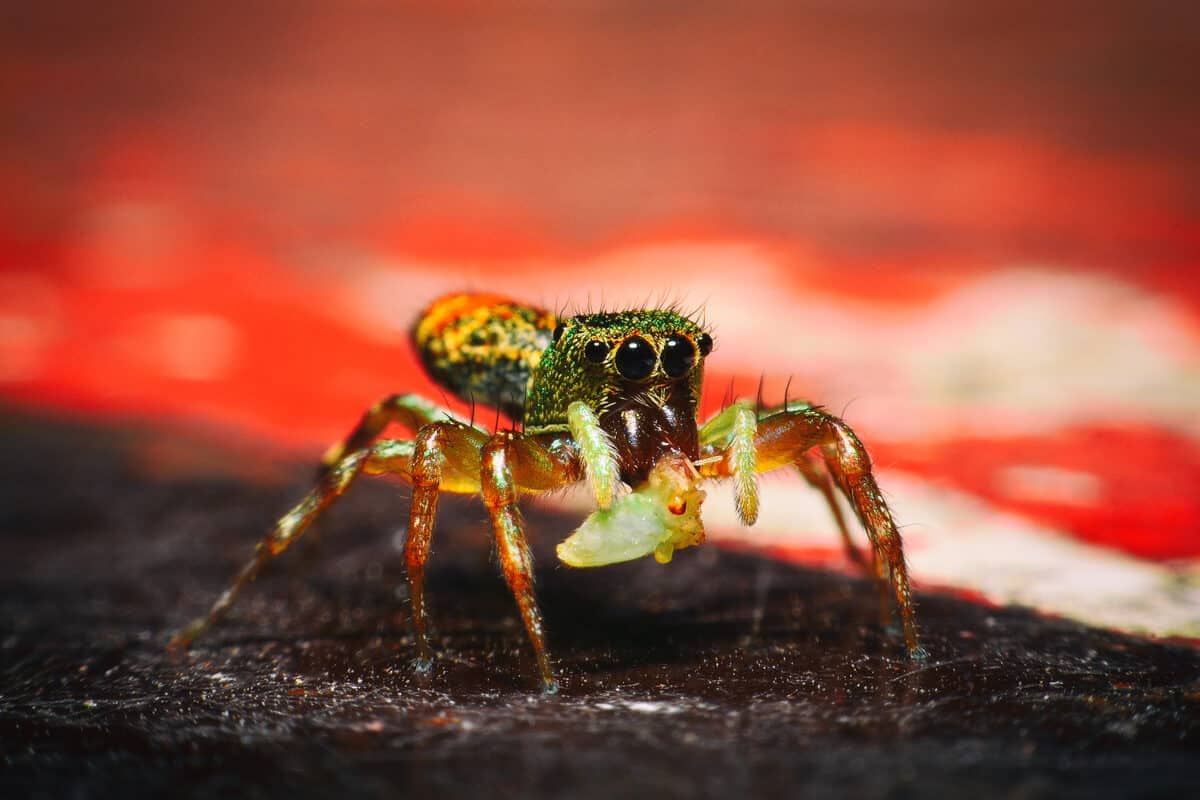
These discoveries underline the sheer complexity of the Congo Rainforest and the importance of preserving its wondrous ecosystem. Home to countless yet undiscovered species, the rainforest faces threats from deforestation, climate change, and human exploitation, demanding global attention for conservation efforts.
A Rich, Yet Vulnerable Biosphere

The Congo Rainforest, with its lush canopy and diverse inhabitants, remains one of the world’s most crucial ecosystems. Our increased understanding of the species that call it home offers valuable insights into evolutionary biology, climate resilience, and the interconnectedness of life forms. As we discover more, it becomes clear how much remains unexplored and how vital it is to protect our planet’s natural wonders.
Conclusion:
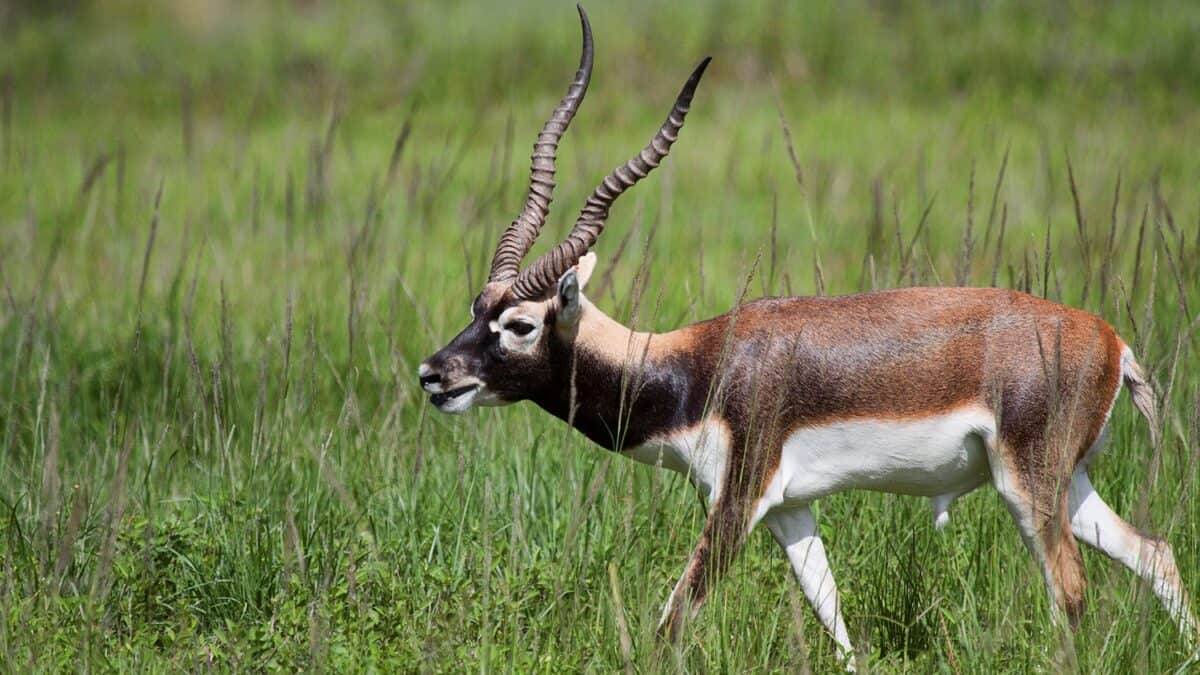
In the ever-entwining dance of evolution, the Congo Rainforest stands as a testament to the marvels of nature. With each discovery, we are reminded of our responsibility to protect these irreplaceable environments for future generations. As we continue to peek into the shadows, we uncover not only extraordinary creatures but also profound truths about life on Earth.
- 10 Common Chicken Behaviors and What They Mean - August 9, 2025
- 14 Creatures That Can Freeze and Thaw Back to Life - August 9, 2025
- 10 Animals That Risked Their Lives to Save Humans - August 9, 2025

